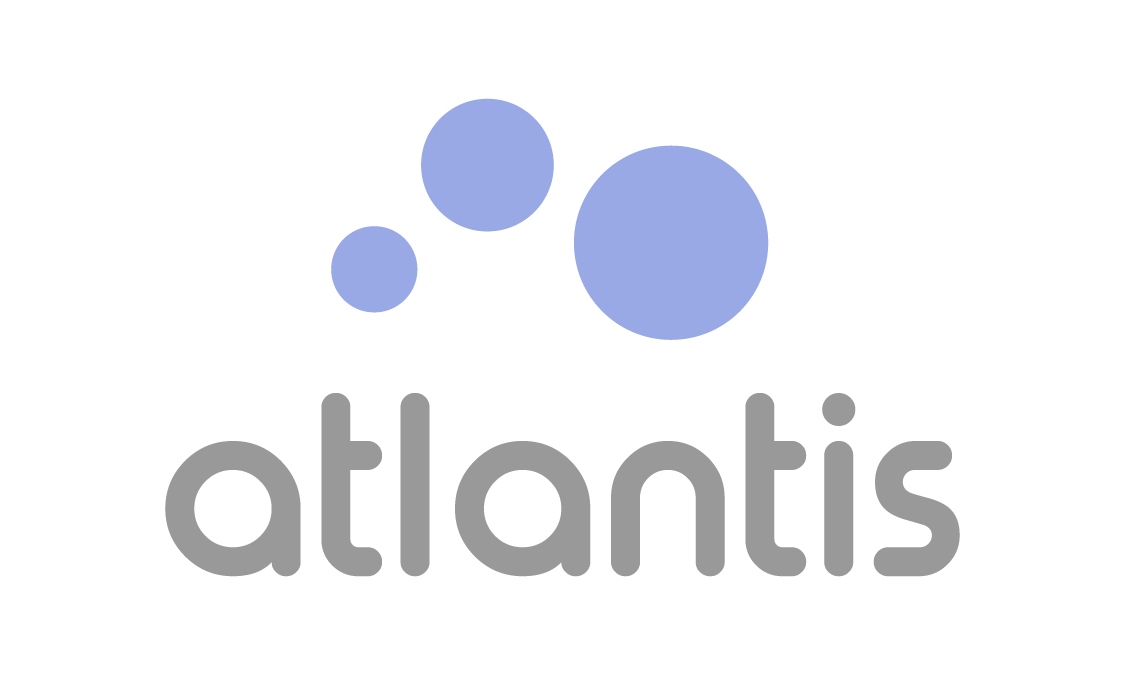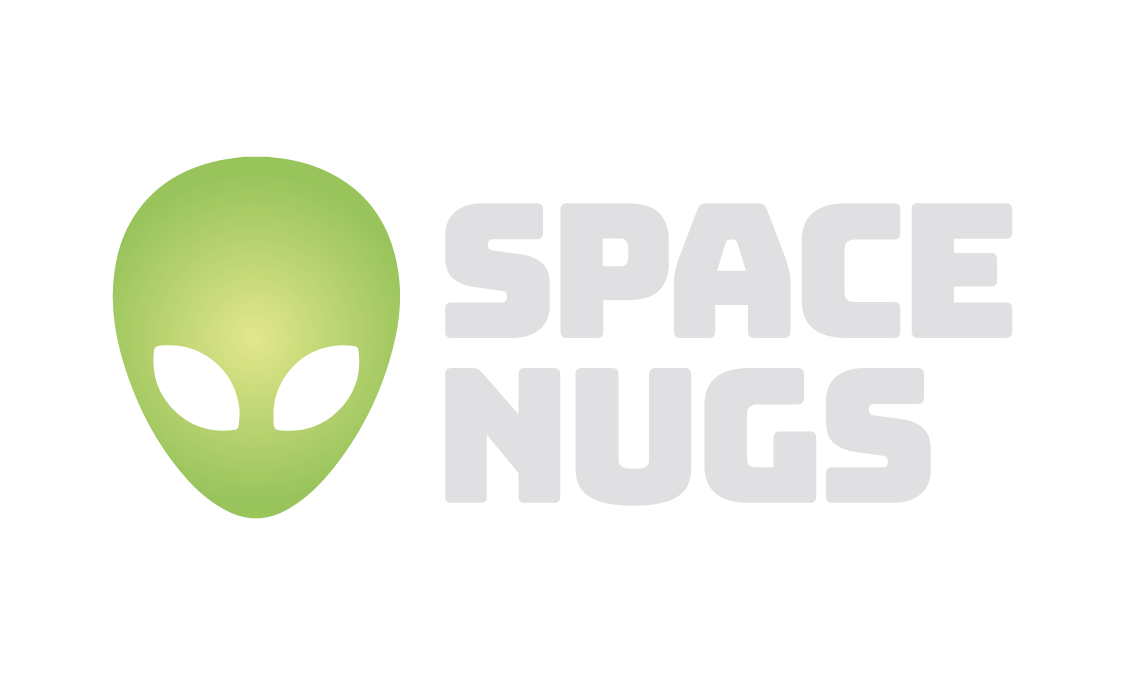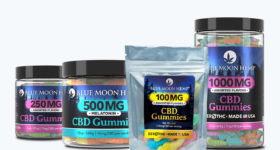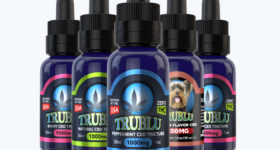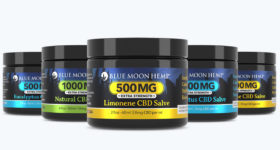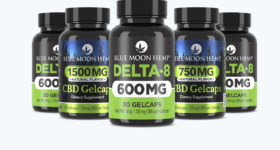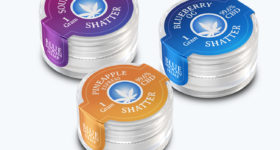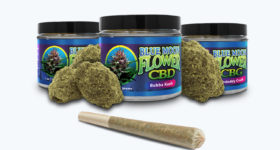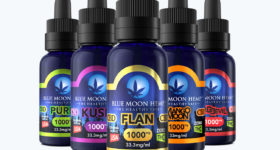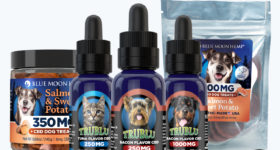Background of CBD
CBD was discovered in 1992 in the marijuana plant and was later patented by the US government in 2001. Since 2012 when marijuana was legalized in Colorado, growers started to grow high CBD/low THC strains of the cannabis plant under the protection of the new Colorado laws. The Federal Farm Bill of 2014 legalized the cultivation, processing and marketing of hemp and products made from hemp. The Farm Bill of 2018 provided greater clarity that hemp and CBD are legal under all aspects of federal law.
The Farm Bill of 2018 validated the rapidly growing CBD wellness revolution and allowed the launch of multiple brands in the health and wellness, fitness, beauty, and pet care categories.
Cannabinoids
There are many other cannabinoids present in the hemp plant, which may have a similar effect on the human body as CBD. Some of these compounds are CBC, CBDV, CBG and CBN, even THC is a cannabinoid. These compounds are known to work best as a team, producing what is known as the “entourage effect.”
CBD vs. THC
When most people use the term ‘get high,’ they are referring to an altered, psychoactive state characterized by confusion, euphoria, heightened sensory perception, and other side effects that vary from person to person. While this describes the experience of many marijuana/THC consumers, the effects of CBD are not psychoactive and will not create any of the effects associated with getting high.
The science behind interactions between cannabinoids and the endocannabinoid system is fairly complex. However, most current research suggests that CBD interacts differently with the endocannabinoid system differently than THC. When any cannabinoid is introduced into the body via vaping or oral ingestion, it binds with a cannabinoid receptor; an endocannabinoid neurotransmitter, produced in the body, will also bind to the same receptor.
Let’s say the cannabinoid introduced to the body is THC. Once the THC and its endocannabinoid counterpart have finished taking effect, enzymes synthesize and degrade the endocannabinoid. These enzymes cannot synthesize THC in the same way, allowing it to remain with the receptor for a longer period of time. For this reason, the effects of THC will normally outlast those of the endocannabinoid; this is why THC consumers feel high or stoned after the relaxing effects of marijuana have worn off.
CBD behaves differently by preventing enzymes from synthesizing and degrading the endocannabinoid attached to its receptor. This results in prolonged feelings of relaxation. And because CBD does not have psychoactive effects, there is no ‘high’ feeling at any point.
Full-spectrum products with CBD that contain up to 0.3% THC may produce more pronounced effects. However, there is not enough THC to produce any psychoactive effects; the CBD and other non-psychoactive cannabinoids will essentially outweigh the traces of THC.
With that being said, drug tests may be a potential concern for full-spectrum CBD/THC consumers; depending on how much the individual consumes on a regular basis, the THC in their body could potentially yield positive results on a drug test. Proceed with caution when using full-spectrum CBD products with THC if there is any possibility of a future drug test. Isolate CBD products do not contain any THC and should not produce positive test results.


